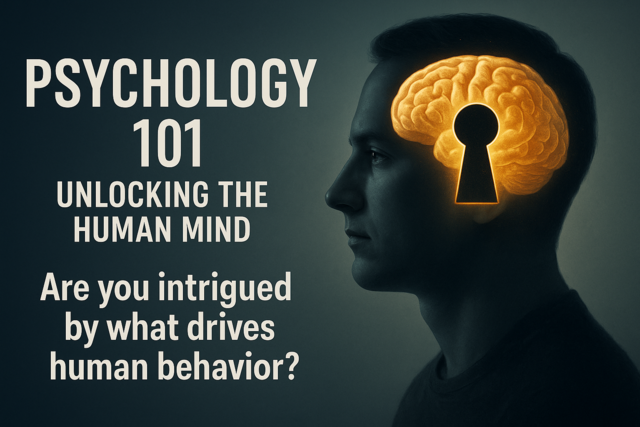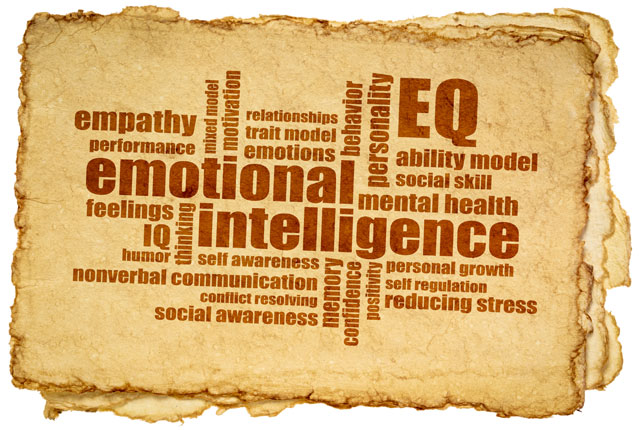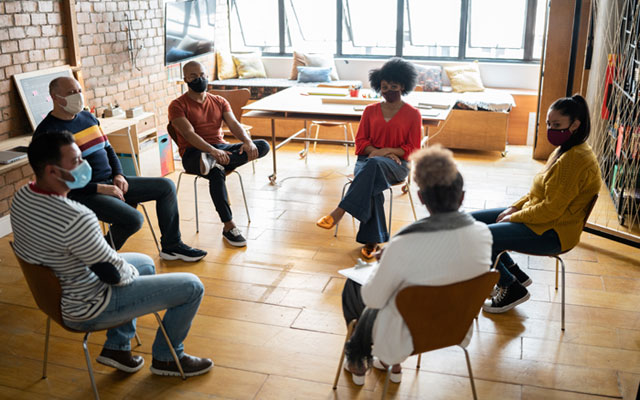What is meditation, exactly?
Meditation is the most effective stress-relieving practice that exists. Doctors often recommend that highly stressed patients practice daily or bi-weekly meditation, along with take a prescription drug. Meditation is a three-step process that leads to an alternate state of consciousness that brings serenity, clarity, and bliss. It doesn't take a genius to realize that proper meditation is one of the fundamentals of a healthy, stress-free existence.
- Sensation experiences (mostly sight or touch)
- Breath/breathing
- Energy (chakras or channels of energy)
- Attitudes (love, compassion, or another attitude you want to adopt)
- Mantra (different phrases)
- Visualized image
- Stream of thoughts
The Process of Meditation
Normal Mind
- Bills
- Family
- Food
- Job
- Friends
Concentrating Mind
- Distraction > Object of Meditation > Distraction
- Object of Meditation
The point of meditation is to clear your mind of any and all distractions, including the work life, domestic life, arguments, road rage, bad news, disappointments, or anything that distracts you from the things you do in everyday life. These thoughts are oftentimes destructive and break our concentration. Without concentrating fully on our daily activities, we are losing sight of reality and slowly being dragged into a world of our own fears and worries.
Meditation can be surprisingly hard when you first start practicing regularly. You will begin on the path to clear all of the clutter from your mind, and you will notice little thoughts keep popping out of nowhere and shattering your concentration. For example, say you choose to focus on the word love. You attempt to clear your head of all thoughts except this word, love, but then your mind tries to play a trick on you. Instead of focusing completely on love, one of your thoughts sneaks in, "I really love my cat. Did I give my cat water today? I think I did, but I'm just not sure." Then you
A) Give in and go check the cat's water
B) Continue to worry about the cat
C) Concentrate on love and push the thoughts out of your mind
Of course, it's obvious that "C" would be the thing to do if you want to take this seriously.
The link between concentration and meditation
When you think of learning something, you usually think of concentrating on a certain thing, or concentrating on a certain task you are doing, correct? Well, to achieve a state of meditation, you must concentrate a sufficient amount, which is often hard to achieve for people starting out.
After you concentrate long enough to obtain the desired state of meditation, you will begin to really feel the benefits. Instead of concentrating, like you would on an extremely important task, you are actually experience a whole new level of thinking. You become so immersed in contemplation, that you enter an entirely different state of consciousness.
If you apply what you learn through meditation to what you do in your real life, you will definitely notice big changes with your life. Instead of dredging your way through projects and learning, you would be able to easily get into a state of ultra-focus if you were to combine meditating and learning. Try it for yourself, after you are proficient in meditation.
What benefits can meditation achieve?
- Concentration. You will find it easier to concentrate on things throughout out the day.
- Reduced stress. Your stress levels will generally plummet, making you far more capable to deal with whatever the world decides to throw at you.
- Health. A study states in Psychosomatic Medicine that people who underwent meditation for eight weeks straight produced more antibodies and had more positive emotion-related brainwaves.
- Happiness.
- Peace of mind.
- Spiritual growth.
- Discovering the meaning of life, and the universe
- Creativity
- Detachment. People who are capable of detaching themselves from negative thoughts are often far less affected by the everyday hassles life brings.
Practicing meditation is extremely simple and can be done anywhere that is relatively and usually quiet. The process can be done in many different ways, with many different objects of meditation (ie-whatever you choose to focus your thoughts on, whether it be love, a flower, a certain word, phrase, or mantra).
Step-by-Step Mediation
1. Attention: Simply acknowledge the object of contemplation and begin giving it your attention in your mind. If applicable, visualize the object in its light and observe the details of it.
2. Concentration: Concentration is the second stage of meditation and requires holding the image of an object, or the thought of the object, in your mind and pushing your thought energy into it.
3. Meditation: Meditation takes place when the process of concentration remains unbroken for a certain period of time. In order for the meditation stage come, you must concentrate fully onto the object consistently.
- Chakras are spinning energy disks located in seven points of your body.
- There are a total of seven different chakras, each with their own abilities and a different color representing it.
- Chakras are the focal points of physical energy that is used.
- The Chakra affects any organs within its range.
For all of you who have gotten through this course with little doubt, I congratulate you. We are about to branch out even a little further and talk about Chakras -- and the colors are important. Your assignment is closely related to the following information, so even if it seems a little hard to understand or accept, just try it anyway.
Social Insecurities in Children
Often children who have had difficult childhoods become extremely insecure during the teenage years and adulthood. Children who were exposed to abnormally unstable and stressful events on a constant basis often have mental blocks later in life. Children who move frequently, are missing a parent, have to cope with a parent being abused or being abused themselves (although this is verging on trauma) being exposed to things they can't understand far before they are ready to learn probably develop far more insecurities than children in stable environments, because of the stress levels experienced.
Children with social anxiety often show some symptoms:
- Avoids eye contact
- Speaks inaudibly
- Fidgets a lot
- Trembles
- Sweaty
Often, children with social anxiety fear school and do not want to go. They may fake sick, cry, or simply refuse to go. They have fewer friends than other children their age, are usually lonely, and have many of the symptoms associated with depression. Children that develop social anxiety before the age of 12 often do not outgrow the problem.
Social Insecurity
During social interaction is often the easiest time to expose much hidden insecurity. Social anxiety affects around 10 percent of Americans per year. People who are far more insecure than other people tend to stutter, stay abnormally quiet, fidget, twitch, or say strange things because of fear. For people who struggle, it's bad enough to feel that nervous around people, but when other, more predatory people notice a particularly uncomfortable person, they may mark this person as their target. Insecure people are often the butt of more jokes, on top of the fact that they probably believe everyone is talking about them anyway. Their normal stress levels are far higher than the average person's.
Indicators of Insecurity
- You worry severely about social events for days ahead of time.
- You have extreme fear about other people judging you, especially people you don't know.
- You feel uncomfortable or self-conscious a lot more often than other people seem to.
- You fear that you may act stupidly and embarrass yourself.
- You'd do almost anything to avoid certain social situations.
- You find yourself desiring friendship, but are convinced that you can't have it.
- You think there's something very wrong with you.
- You don't think other people will accept your interests.
- You don't talk about yourself much, because you don't feel other people want to hear about you.
- You find yourself doubting if you'll ever succeed in anything.
- If you are given a tough project or job, you tend to believe you will make a mess of it.
To banish insecurities, the first step is to clearly define your most troubling insecurities. Think about a time in your past when you were scared, or you felt insecure. These memories could be of your childhood, or related to your work, or perhaps a social situation. Times when you felt helpless, vulnerable, and unable to control your situation. Write down some of your experiences in your notebook. Some specific examples that may bring up memories are typed below.
1. Negative comments- Sometimes negative comments from other people can hurt us very badly if we are sensitive in some areas. Many times, we do not react the way we thought best. You may feel like you should have confronted the person who gave you this negative feedback, but you simply took it instead. You blame yourself for not standing up to that person. Write all of these comments onto a notebook or in wordpad on your computer. Remember each incident and each person involved.
2. Failure - Failure can sometimes be a very hard thing to endure.Everybody fails at first, and you shouldn't blame yourself. Just think of all that you have learned from the experience, and how you would do it differently to make it work out perfectly in your mind. Do not let failure be a negative, turn it into a positive.
3. Misunderstanding - Sometimes your friends and loved ones accidentally say something that deeply offends you, or makes you feel more insecure. Even the mere mention of certain subjects can offend; people do not realize this. People aren't always aware that they are damaging you, or why you respond with anger. Try to understand these people, as well. Think of what they are thinking, ask yourself if they are trying to hurt or help you. You know it was unintentional, but sometimes things can hurt. Do your best to forgive them, and explain to that person why certain things upset you more than they would the average person.
4. Trauma - A large proportion of your problems and fears today probably have a lot to do with your past traumas in life. If you step away a moment and look back at those times, maintaining a clear and observant state of mind, you may realize many things that you didn't back then. If it starts becoming painful to think about, realign your state of mind. Think positive thoughts, tell yourself it's only your past, and that it's time to clean up these unresolved issues.
After you've written down some things that bother you, sort each thought into different periods of your life. Start with your very earliest memories first, and go forward to today. Once you've got them all sorted into a timeline, pick your earliest memory and concentrate on it. At first, you may only remember something vague. Perhaps you'll only have an unpleasant feeling in your stomach and you can only remember green. However, if you mentally drag yourself back to that time, you will start to remember other things as well.
After you remember the most of the event, notice how it still affects you today. Have you completely healed from that wound, or is it still in effect? If you have not healed, you've got to delve a little deeper.
Once you've gotten far enough in, you will start experiencing an alarming amount of emotion. You may cry, or feel angry. Simply embrace all these feelings, whilst keeping the memory fresh in your head. Get all of your negative emotions out and done with, and then it's time to move past that event.
Forgiving yourself is the most important thing you can do. You must forgive yourself, and accept that that moment impacted you greatly. You're only human, and we all have moments of sadness, fear, and vulnerability.
The third thing you must do is forgive any other people involved. Initially, you may feel anger towards them. That's okay; it's natural. However, you'll often discover something else disguised behind your anger -- which is sadness. You feel sad that someone would say a certain thing to you, or behave a certain way, abandon you, attack you, or otherwise hurt you.
Your final stage is the learning stage. You must learn from your old experiences, and learn how to avoid experiencing the same thing again. Rehearse your memory in your head, but change certain things. Change things you did, or what someone else could have said or done, instead. Put a positive spin on things. Make sure you go on with a positive attitude, ready to start a new day free of your old anxieties.
Recall the most frightening moment of your life. Journal about the experience, listing your observations, present-day impact, and other significant factors.





























